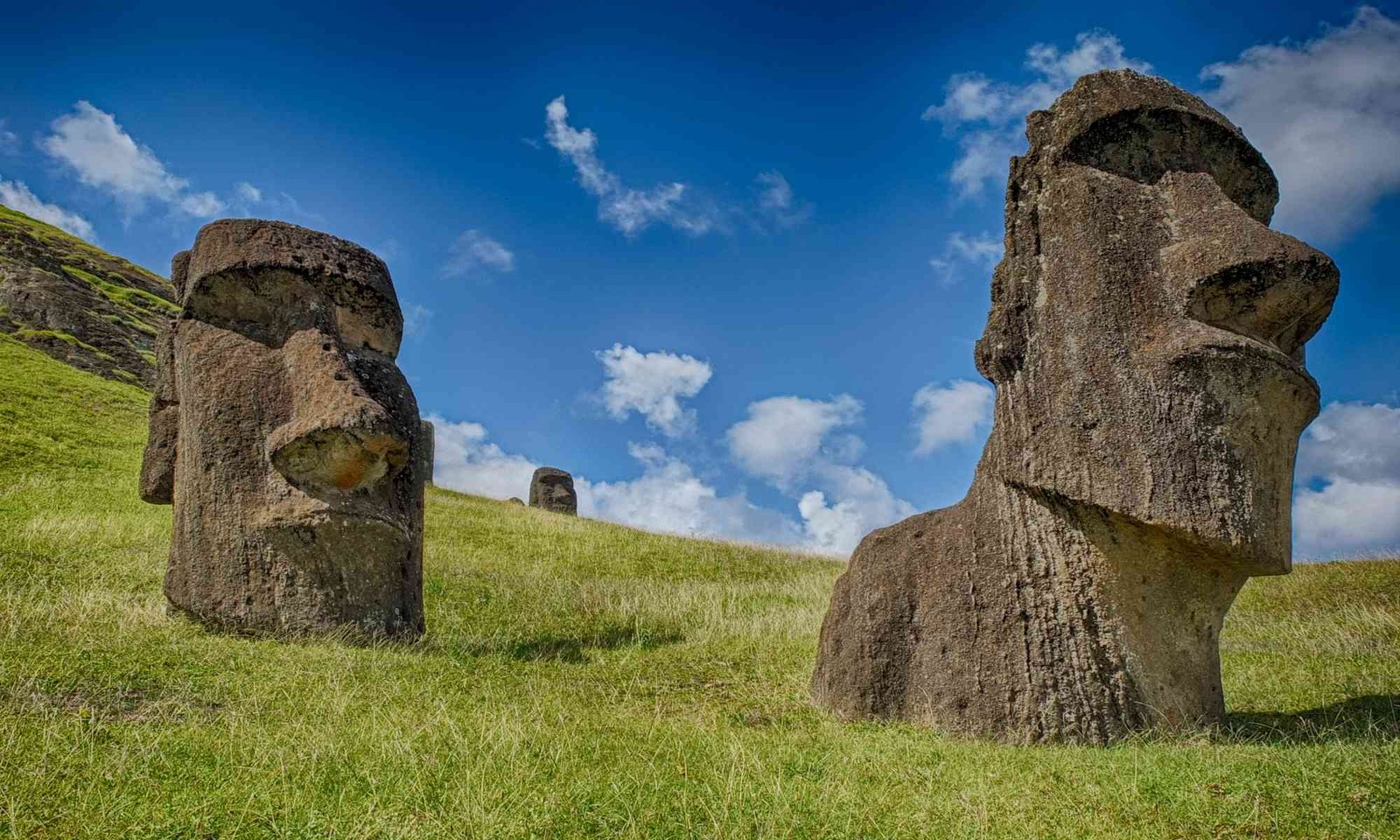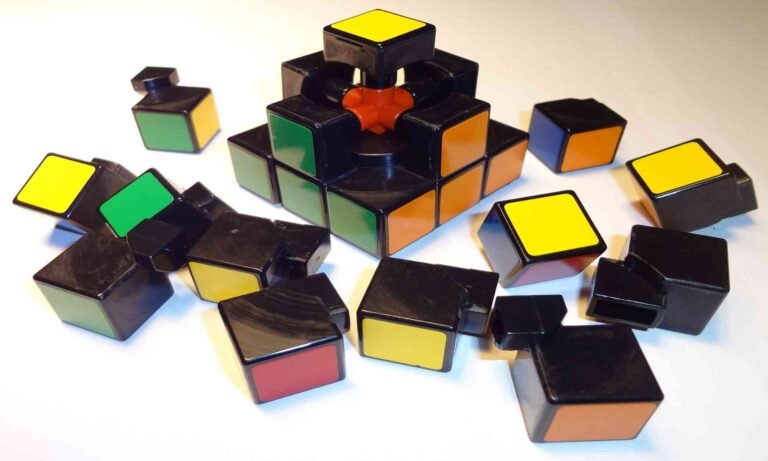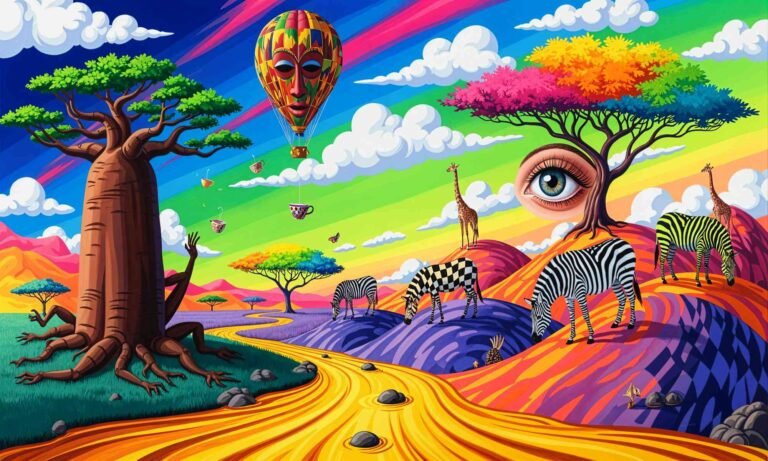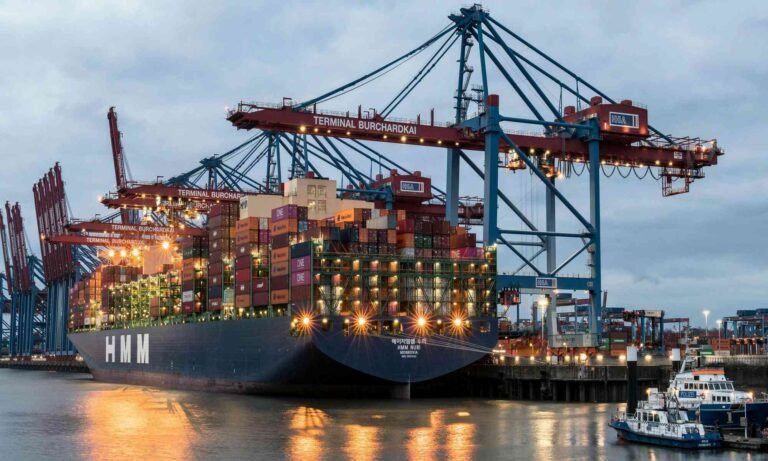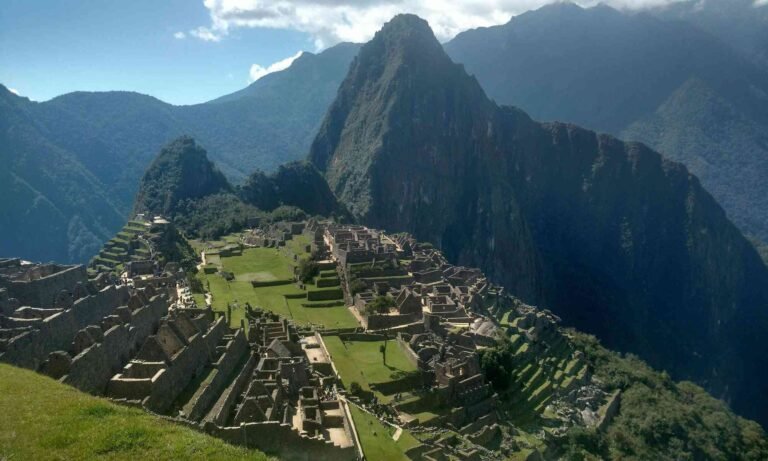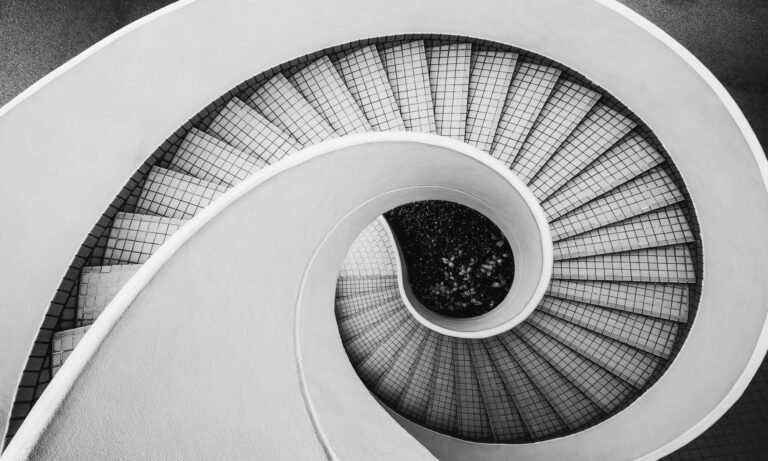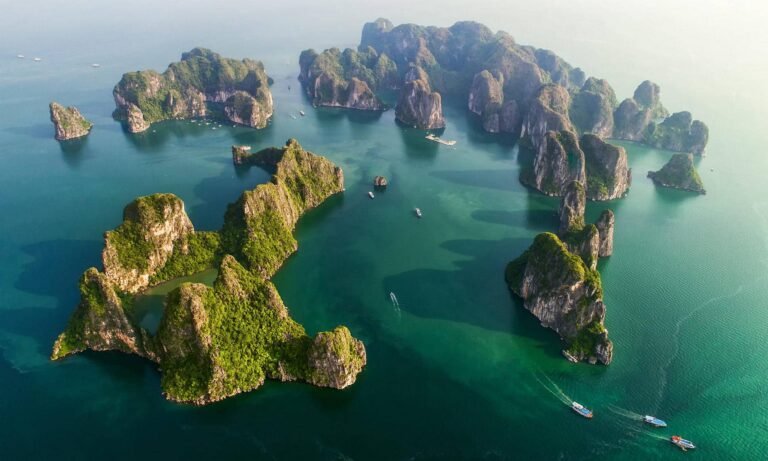The Moai statues, renowned for their commanding presence and historical weight, were created by the Rapa Nui people of Easter Island (an island and special territory of Chile in Eastern Polynesia), also known as Rapa Nui. These monumental figures were constructed between 1400 and 1650 CE, reflecting the unique social and spiritual fabric of the Rapa Nui civilization. Standing tall and often with elongated features, the Moai are not merely artistic expressions; they are deeply intertwined with the cultural identity and traditions of the island’s inhabitants.
The creation of the Moai statues was driven by complex aspects of Rapa Nui society. Primarily, these statues are believed to represent ancestral figures and serve as vessels for their spirits. The Rapa Nui people engaged in ancestor worship, which played a crucial role in their cultural landscape. Each Moai is thought to embody the power and mana of important leaders or ancestors, thereby reinforcing the social hierarchy within the community. This connection to ancestral veneration illustrates how the Moai statues were instrumental in conveying societal values and communal identities.
Origins and Purpose
- Created by the Rapa Nui people between 1250 and 1650 CE to honor ancestors and assert clan prestige.
- Most statues were placed on ceremonial platforms (ahu), facing inland to symbolically watch over the community.
Cultural and Historical Impact
- European contact and internal conflict led to widespread destruction by the 19th century.
- Conservation efforts are ongoing due to threats like wildfires and climate change.
Timeline of Moai Development
| Period | Key Events |
|---|---|
| ~1000 CE | First settlers arrive on Rapa Nui from Polynesia |
| 1250–1500 CE | Peak Moai carving era; ~900 statues created from volcanic tuff |
| 1500–1650 CE | Decline in statue production; rise of Birdman cult |
| 1722 CE | First European contact (Dutch explorer Jacob Roggeveen) |
| Late 1700s–1800s | Moai toppled due to tribal conflict and European influence |
| 1960s–1990s | Restoration projects (e.g., Ahu Tongariki re-erected) |
| 2020s–2025 | Ongoing conservation amid climate threats and archaeological discoveries |
Physical Features
- Over 1,000 Moai exist, many partially buried or toppled.
- Average height: 4 meters
- Average weight: 10 metric tons
- Largest Moai: ~10 meters tall, weighing over 80 metric tons
- Distinctive traits: Oversized heads (about 38% of total height), elongated noses, heavy brows, stylized hands resting on hips.
- Some wear pukao – Cylindrical red stone topknots up to 2 meters in diameter.
Comparison with Other Polynesian Monoliths
| Monument Type | Location | Material | Height Range | Cultural Role |
|---|---|---|---|---|
| Moai | Easter Island | Volcanic tuff | 2–10 meters | Ancestor worship, clan prestige |
| Marae Stones | Tahiti & Society Islands | Coral, basalt | 1–3 meters | Sacred temple platforms |
| Tiki Statues | Marquesas Islands | Wood, stone | 0.5–2 meters | Protective spirits, fertility symbols |
| Heiau Platforms | Hawai‘i | Lava rock | Varies (platforms) | Religious ceremonies, offerings |
Materials and Craftsmanship
- Carved from volcanic tuff, mainly at Rano Raraku quarry using stone tools.
- Transport theories include sleds on log rollers or a “walking” method using ropes.
The Construction and Transportation of Moai Statues
The Moai statues of Rapa Nui, commonly known as Easter Island, stand as remarkable testaments to the ingenuity and skill of the Rapa Nui artisans. These monolithic figures were primarily constructed from volcanic tuff, a soft stone easily quarried from the Rano Raraku quarry, which was the main site of Moai production. The artisans utilized rudimentary yet effective tools made primarily of stone and hardwood to carve the statues. Stone chisels, wooden mallets, and obsidian blades formed the arsenal of tools employed to shape these impressive monuments, allowing for intricate designs and detailed features.
Once crafted, the transportation of these heavy statues presented significant challenges. The Moai could weigh several tons, which necessitated innovative solutions. The Rapa Nui developed various methods to move the statues from the quarry to their final resting places on ceremonial platforms known as Ahu. It is widely believed that the statues were walked into position, using a combination of ropes and coordinated team efforts. Groups of laborers would rock the statues back and forth, easing their movement over the uneven terrain. This method, referenced in modern experimental archaeology, demonstrates the effective use of teamwork and ingenuity.
Archaeological findings have provided insights into the complexities involved in both the construction and transportation processes. For instance, studies revealed that certain Moai show wear patterns consistent with various transportation methods, indicating that the Rapa Nui adapted their techniques according to the size and location of the statues. In recent years, modern experiments have been conducted to mimic these ancient transportation strategies, yielding valuable information about the capabilities of the Rapa Nui people. The Moai statues, therefore, not only embody artistic expression but also reflect the rich cultural heritage and technological prowess of the Rapa Nui civilization.
The Decline of the Moai and Environmental Impact
The decline of the Moai culture on Easter Island, known as Rapa Nui, can be traced back to a complex interplay of environmental changes and human activities, particularly deforestation and the overexploitation of limited resources. As the Rapa Nui people expanded their society, they faced significant pressure on their natural environment, notably through the clearing of forests. This practice was primarily undertaken to produce the necessary materials for constructing the famous Moai statues, as well as to create agricultural land to support the growing population.
However, the rampant deforestation led to severe ecological consequences, including soil erosion and the loss of biodiversity. The diminishing tree population had a direct impact on the availability of wood, which was crucial for transporting the heavy Moai. With fewer resources at their disposal, the construction and maintenance of these impressive statues became increasingly unsustainable. Consequently, many sites associated with Moai creation were abandoned as the societal structure weakened.
The correlation between environmental stability and societal welfare cannot be overstated. As resources became scarce, the Rapa Nui people’s livelihoods were threatened, resulting in social upheaval and diminishing cultural practices. The once-thriving community, characterized by its rich traditions and monumental constructions, struggled to adapt to the changing landscape. In the absence of sufficient materials and ecological balance, the cultural significance of the Moai began to wane, leading to a gradual decline in their construction.
Furthermore, the societal collapse was exacerbated by increased intergroup conflict, as communities competed for dwindling resources. This decline was not merely a local phenomenon but reflected larger trends that reveal how fragile human societies can be when they are unable to live in harmony with their environment. The struggles of the Rapa Nui serve as a powerful reminder of the critical need for sustainable practices to avoid repeating historical patterns of ecological degradation and societal collapse.
Moai Statues Today: Preservation and Tourism
The Moai statues, iconic symbols of Easter Island, continue to evoke awe and curiosity among visitors and researchers. Today, preserving these monumental sculptures is paramount, given challenges from natural deterioration, theft and environmental factors. Conservation efforts aim to maintain the Moai’s structural integrity, with local and international organizations collaborating to restore and protect these cultural treasures. Techniques include environmental monitoring, protective barriers and structural reinforcements to avert damage from harsh weather or seismic activity.
Tourism plays a critical role in the conservation landscape of the Moai statues. On one hand, the influx of tourists brings necessary revenue that can be allocated to preservation initiatives, fostering a greater appreciation for these artifacts among the local community and visitors alike. The funds generated from tourism contribute to educational programs that raise awareness about the significance of the Moai and the delicate ecosystems of Easter Island. Moreover, guided tours are designed to emphasize respect for the statues, instilling in visitors an understanding of their cultural heritage.
Conversely, the pressures of mass tourism can negatively impact the Moai and their environment. Increased foot traffic causes soil erosion and site damage, while vandalism and misuse remain ongoing threats. To address these challenges, sustainable tourism is encouraged, promoting mindful engagement with Easter Island’s heritage. Involving local communities in tourism development helps safeguard culture and create meaningful visitor experiences. Sustainable practices ensure Moai preservation aligns with both local and global interests.
What’s More
The posts in My Blog feature reflective, story-driven pieces rooted in personal and societal insights.
The topics in My Interests explore abstract, philosophical ideas and their cultural and societal impact.


